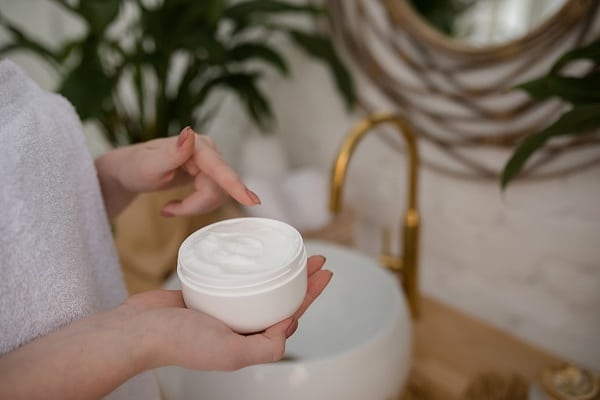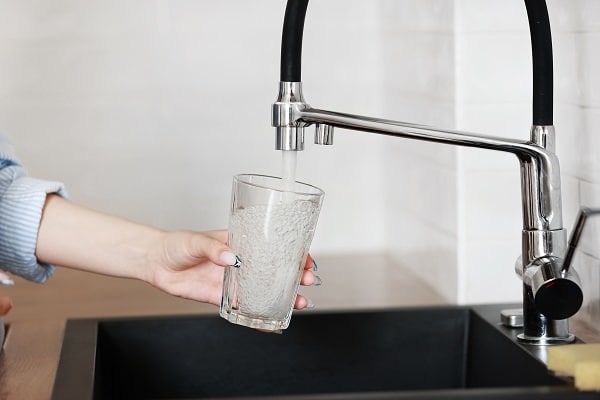Amidst the comfort and safety of the home, lurking within everyday products are hidden toxins, potentially jeopardizing families’ health. Often overlooked, these substances stealthily pervade living spaces, disguised in the most mundane of objects—from the couches in the living room to the non-stick pans in the kitchen. This eye-opening article will systematically unveil the unseen chemical dangers present in ordinary homes, the risks they pose, and the proactive measures homeowners can take to minimize their impact. Through increased awareness and strategic adjustments to our living environments, it’s possible to transform one’s home into a safer, toxin-reduced haven.
Contents
Common Sources of Indoor Toxins

Household cleaning products, though designed to keep our homes spotless, often harbor a cocktail of chemicals. From ammonia to chlorine bleach, the short-term effectiveness of these agents comes with a potential long-term cost to indoor air quality and health. Furniture and upholstery, too, frequently contain fire retardants and stain guards, substances that can off-gas VOCs, affecting the air one breathes. Similarly, the materials used to construct and finish homes, including paints and carpets, often release formaldehyde and other volatile compounds for years after installation, contributing to a toxic indoor environment.
The Invisible Enemy: Airborne Toxins

Airborne toxins, invisible but impactful, significantly deteriorate indoor air quality. The so-called ‘Sick Building Syndrome’ highlights the complexity of this issue, where symptoms such as headaches and dizziness are attributed to time spent within toxin-compromised buildings. Central to this problem is inadequate ventilation, which allows for the accumulation of harmful substances like radon and carbon monoxide. These silent invaders can go undetected without proper monitoring, making them a persistent threat to health. Enhancing airflow and investing in quality air purification systems can be critical defenses against this invisible enemy.
Hidden Chemicals in Personal Care Products

The very products individuals rely on for hygiene and beauty can be a source of personal contamination. Shampoos, lotions, and deodorants often contain phthalates, parabens, and synthetic fragrances—chemicals that have been linked to a host of health concerns. These substances can be absorbed through the skin, the body’s largest organ, and accumulate over time. The cosmetics industry remains loosely regulated, allowing these toxins to persist on bathroom shelves. However, an increasing array of natural products offers safer alternatives, helping consumers avoid these hidden chemicals.
The Dark Side of Non-Stick Cookware

Non-stick cookware, a staple in kitchens for its convenience and ease of use, can pose hidden dangers. When heated to high temperatures, the polytetrafluoroethylene (PTFE) coating that creates the non-stick surface degrades, releasing toxic fumes. These fumes can cause flu-like symptoms in humans and be fatal to birds. Awareness and caution when using non-stick cookware can mitigate exposure risks, as can opting for cookware made from safer materials like stainless steel or cast iron. Guiding the safe use of these products is essential, as is educating the public on the potential risks associated with their everyday use.
Pesticides in Your Pantry

The pantry, often filled with a bounty of nourishment, can also be a reservoir for pesticides that linger on fruits and vegetables. Even trace amounts, when ingested over time, can contribute to health problems, undermining the essence of well-being that a balanced diet is meant to support. Awareness about the sources of these pesticides, including those that may be used within the home to deter pests, is crucial. Washing produce thoroughly, choosing organic when possible, and properly storing household pesticides can help minimize ingestion and exposure, ensuring the pantry remains a source of sustenance, not a concern.
Water Quality Worries

Water, the sustainer of life, can unwittingly become a conduit for toxins. Homes may receive water that contains traces of heavy metals, pharmaceuticals, and even microplastics. The invisible nature of these contaminants often leaves families consuming them unknowingly. Installing a home filtration system that targets a broad spectrum of contaminants can be an effective line of defense. Educating oneself about the local water supply and potential contaminants and regularly maintaining plumbing systems are crucial steps in preserving the purity of this vital resource.
Minimizing Exposure and Detoxifying Your Living Space

To detoxify a living space is to actively reduce the toxin load within the home environment. This involves adopting practices such as using natural cleaning agents like vinegar and baking soda, which are effective and free of harmful chemicals. Encouraging the circulation of fresh air by opening windows and using exhaust fans can help dissipate any airborne toxins. The introduction of indoor plants can not only enhance a home’s aesthetic but also its air quality, as certain species are known to absorb harmful chemicals. Making incremental changes in product choices and home habits can lead to significant reductions in household toxin levels, fostering a healthier living space.
The Bottom Line
The unseen toxins that permeate one’s sanctuary are not invincible. With informed choices and conscious living, it is entirely possible to peel back the layers of hidden dangers and cultivate a healthier, cleaner home environment. The insights shared here serve not only as a guide but as a call to action for all who cherish the health and well-being of their families. Embracing this knowledge, every homeowner has the power to transform their personal spaces into strongholds of safety, fortifying them against the silent onslaught of domestic toxins. Let this be the impetus for change, steering towards a future where homes are havens, not just in sentiment, but in purity and health.


